#SAUVIGNON BLANC Kelleher Family Vineyards
Explore tagged Tumblr posts
Text









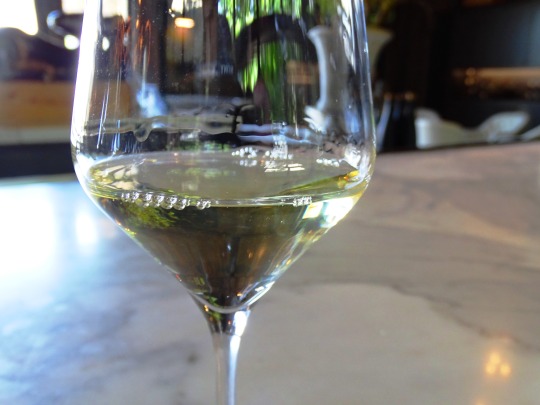













National White Wine Day
Sipping on that chilled, light and refreshing beverage is like a delightful escape to a relaxing oasis. Cheers to good times!
There is a positive rainbow of wines in the world, but none so sweet and fair as those that are deemed white. Make no mistake, white wines are rarely if ever truly white in color, but instead are beautiful varieties of straw-yellow, gold, or yellow-green. National White Wine Day was created to help celebrate this wine that stands out from all others.
Learn about National White Wine Day
National White Wine Day has been created so that we can pay tribute to this amazing alcoholic beverage. For many years, white wine has been the choice of drink for so many people. From Pinot Grigio to Chardonnay; there are so many different varieties to choose from. Whether you enjoy a glass of wine on an evening in front of the tea or you enjoy pairing different types of wine with your meals; this is a day for you to indulge in white wine and not feel guilty about it!
History of National White Wine Day
The earliest evidence we have of wine indicates that it was being made as early as 7500 years ago in what is now Iran. We are fairly certain that the birth of wine dates a good long while before this, but no archaeological evidence has been able to determine precisely when. What we do know is that ever since its creation it has held a place of high esteem in society, being used in holy rituals and traded among the noble and wealthy. It has been deemed a gift worthy of Kings and Queens, and its vintages have been hoarded in dark cool places like ancient treasures.
White wine comprises the largest percentage of wines made in Germany and Switzerland, and the northern half of France is also known for its broad variety of white wines. They are considered to be some of the most delicious wines and are often paired with fish. In Catalonia, in fact, there is a special sort of white wine known as Cava, and champagne itself is truly a sparkling white wine that is only produced in the Champagne province of France. National White Wine Day celebrates the antiquity of this golden wine and encourages us all to appreciate it throughout the year.
Of course, Champagne is the most well-known form of white wine, and it has been around for many years now. There have been vineyards in the Champagne region since the beginning of our era and it was the Romans that actually introduced grape-growing here. They identified the uniqueness of the soil in the area, which comes from the sloping landscape, chalky subsoil and oceanic climate. Nevertheless, champagne as we know it did not appear until the 17th century, prior to this the vineyards were used to produce both rose and red wines.
During the 17th century people began to master the natural effervescence of the local wine. Champagne was the wine of the Kings during this period and it is still associated with luxury and extravagance today, although you don’t have to be a royal to drink it. In the 19th century champagne houses were booming and this drink spread to the aristocratic elite. It hasn’t even been one hundred years since individuals of all classes began to enjoy the drink, as Champagne mania reached a more diverse crowd from 1945 onwards.
How to celebrate National White Wine Day
The best way to celebrate National White Wine Day is to get together with your friends and gather together your favorite vintages of white wine. Once you’ve got all the ones you’re familiar with, why not get a few more so that you can broaden your palette. Have a friend who loves wine? Why not surprise them with a bottle to enjoy? While you’re at it, research the best pairings for white wine and prepare an entire meal centered around them, and don’t forget dessert! National White Wine Day is the kind of day we celebrate all year long!
Source
#I really love the last pic#National White Wine Day#NationalWhiteWineDay#4 August#travel#vacation#summer 2021#original photography#don't drink and drive#SAUVIGNON BLANC Kelleher Family Vineyards#USA#Napa Valley#Brix Restaurant & Gardens#I'll be back this summer#Carneros Chardonnay#Truffle Fries with parmesan reggiano#Robert Mondavi Winery#tourist attraction#architecture#Sonoma Valley#Bay Area#landmark
0 notes
Text










Brix Restaurant & Gardens, Yountville (No. 6)
CARY DELBRIDGE
Chef
Born in Alexandria, Virginia, Chef Cary Delbridge was immersed into the restaurant business at the age of nine. His father (owned) a restaurant in Springfield, where his love for the restaurant business began. Before graduating from high school, Chef Delbridge was already cooking with some of the best chefs that Washington D.C. had to offer, including Jeff Buben and Cathel Armstrong, at Vidalia and Bistro Bis, respectively.
After high school Chef Delbridge moved to San Francisco to learn and experience everything the culinary mecca had to offer. His first California influence was Chef Lance Velasquez at John Frank. It was there that his appreciation for simplicity–allowing the ingredients to speak for themselves–began. John Frank was also where Cary met his wife, Nicole, who is a pastry chef in Napa. From there Chef Delbridge had the opportunity to work at other great bay area institutions such as Town Hall, Farrallon and Ondine, before becoming chef at Supperclub in San Francisco and Amsterdam. “I had the ability to explore and form culinary creativity with no boundaries and take it as far as I wanted at Supperclub.”
In 2011, Cary came to Brix as Sous Chef and was reunited with then chef Chris Jones, an old east coast connection. He immediately felt at home. “I felt inspired by the restaurant’s woodwork, the incredible kitchen and stunning views. I just feel that the food should enhance the already amazing Napa experience.” Since taking over the top chef position at Brix, Chef Delbridge describes his cuisine as American with Southern roots and Californian influence. When he’s not at Brix you can find Cary at a Giant’s game or eating and spending time with his family.
Source
#salmon#original photography#vacation#Brix Restaurant & Gardens#travel#tourist attraction#landmark#landscape#7377 St Helena Highway#Yountville#excellent food#excellent food and wine#wine country#California#Napa Valley#West Coast#summer 2023#USA#cityscape#Kelleher Family Vineyard and Brix Vineyard#architecture#evening light#flora#one of my favorite restaurants#Kelleher Cabernet Sauvignon#Kelleher Sauvignon Blanc
3 notes
·
View notes
Text










Brix Restaurant & Gardens, Yountville (No. 5)
Our Family acquired this unique 16 acre property in Oakville in 1994 – it is comprised of a ten acre Cabernet Sauvignon Vineyard and a historic restaurant we re-named “Brix”. After several years of selling our grapes to some of Napa Valley’s most prestigious wineries, we decided it was time to begin producing our own estate Cabernet Sauvignon to enjoy with family, friends, and patrons of our restaurants.
In recent years we’ve expanded our portfolio, sourcing grapes from small family-owned vineyards in Napa and Sonoma to produce Sauvignon Blanc, Chardonnay, Rosé, and Pinot Noir.
Fun Fact: “Brix” is a term often used in viticulture and winemaking. Brix (°Bx) is a measure of the sugar level (or ripeness) of the grapes and subsequently, the potential alcohol content of a wine before it's made. When our grapes measure a certain “degrees Brix” we know they are ready to pick.
Source
#artichoke#steak with truffle fries#original photography#vacation#Brix Restaurant & Gardens#travel#tourist attraction#landmark#landscape#7377 St Helena Highway#Yountville#excellent food#excellent food and wine#wine country#California#Napa Valley#West Coast#summer 2023#USA#cityscape#Kelleher Family Vineyard and Brix Vineyard#architecture#evening light#flora#one of my favorite restaurants#Kelleher Cabernet Sauvignon#Kelleher Sauvignon Blanc
0 notes
Text

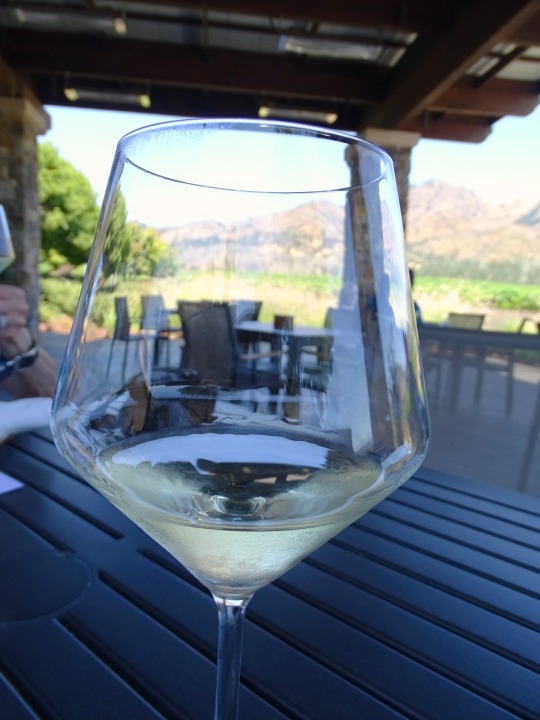

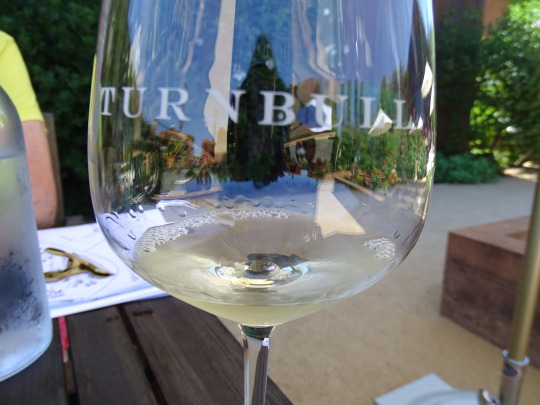

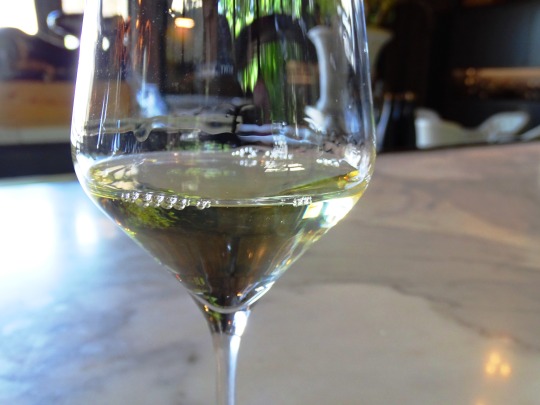
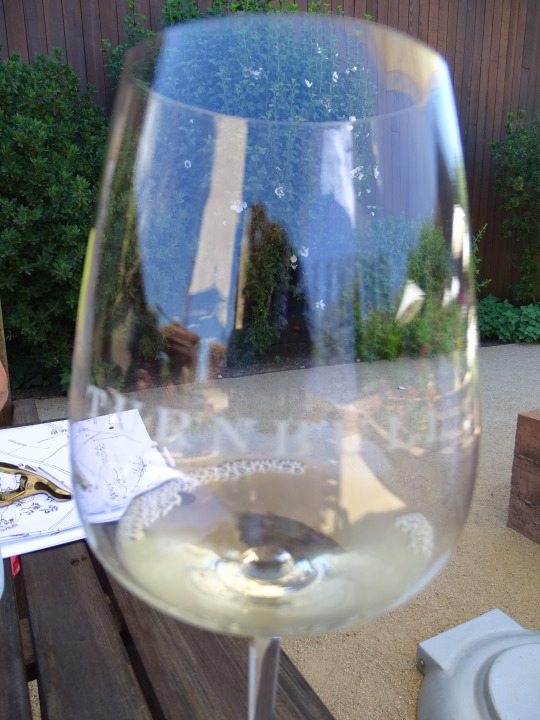
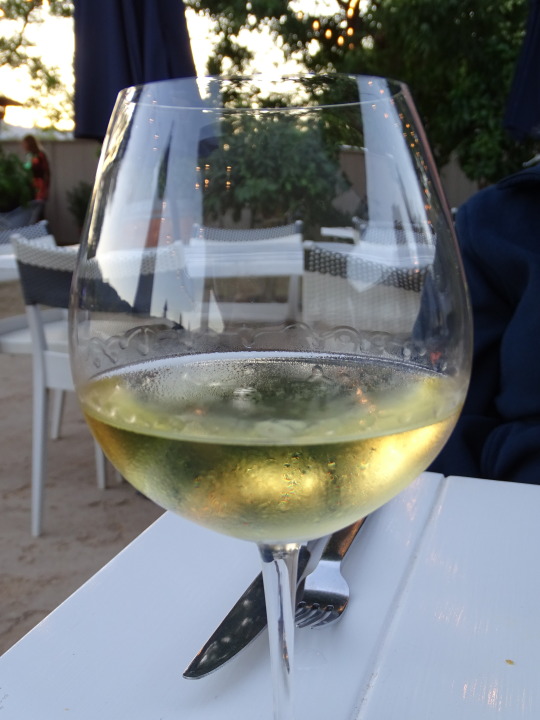
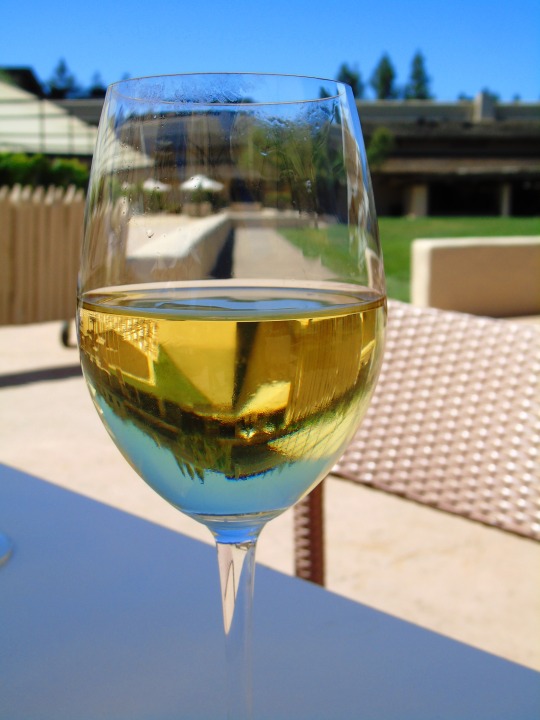
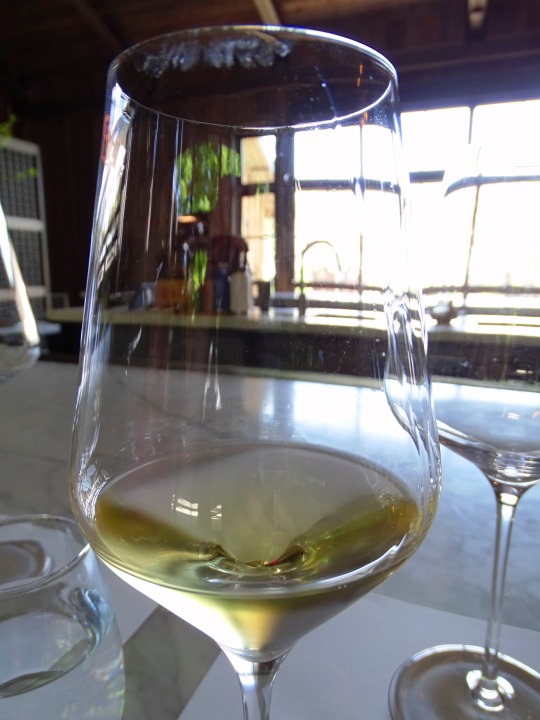
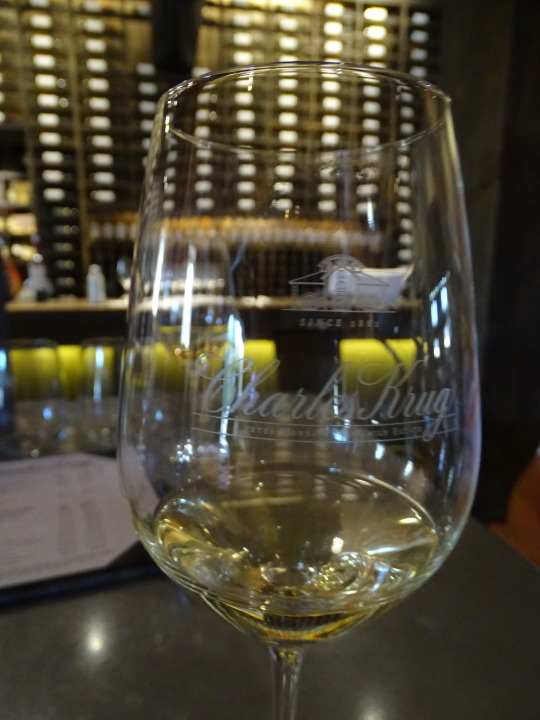
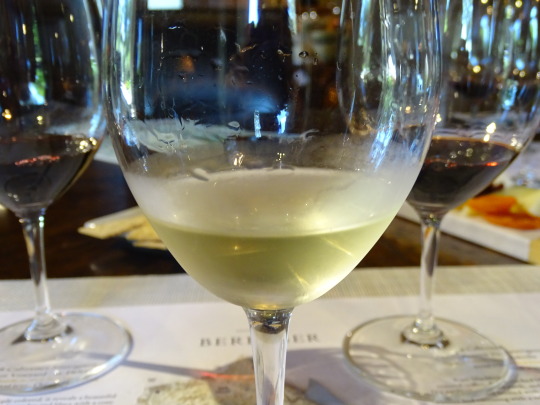
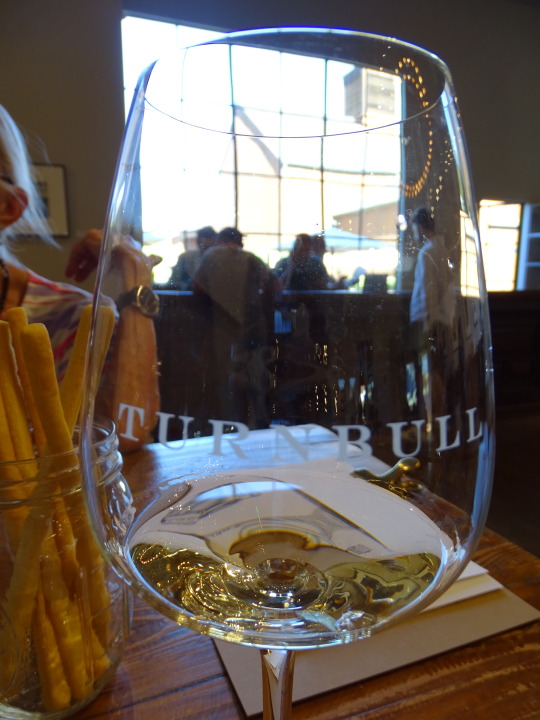
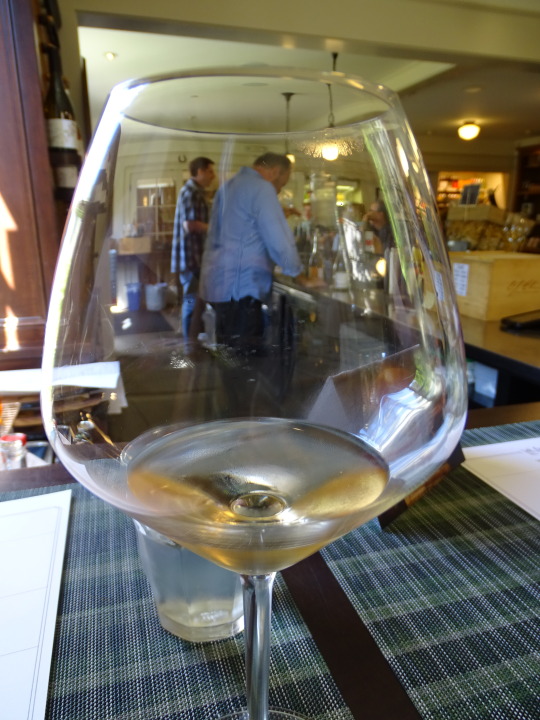
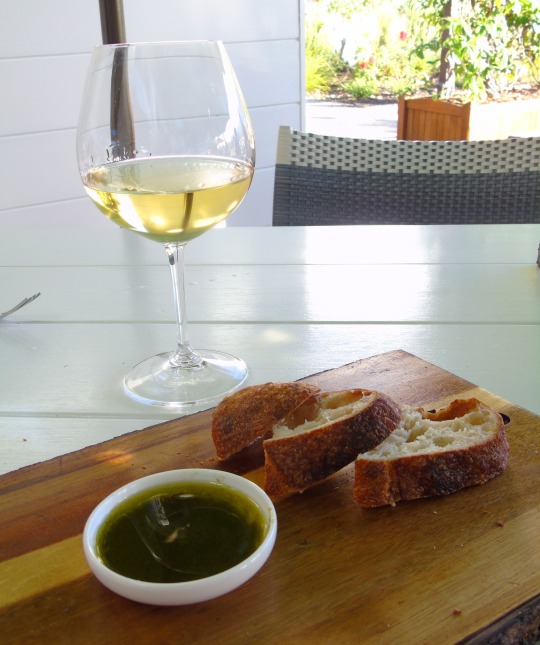
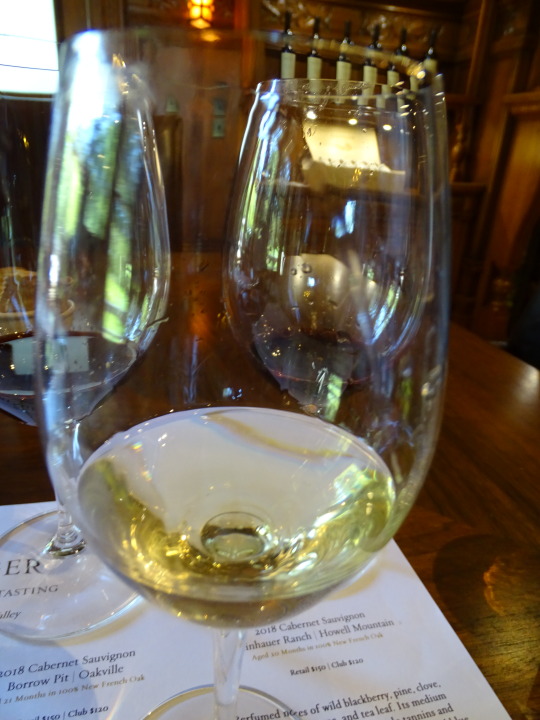
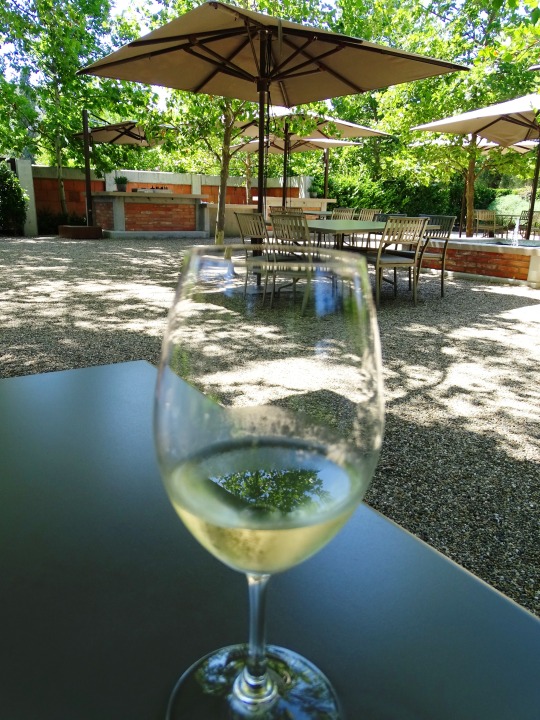
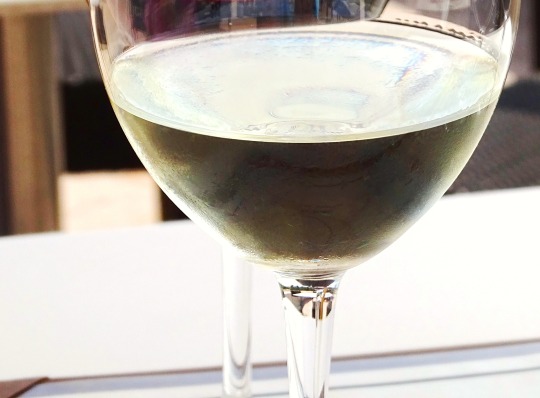
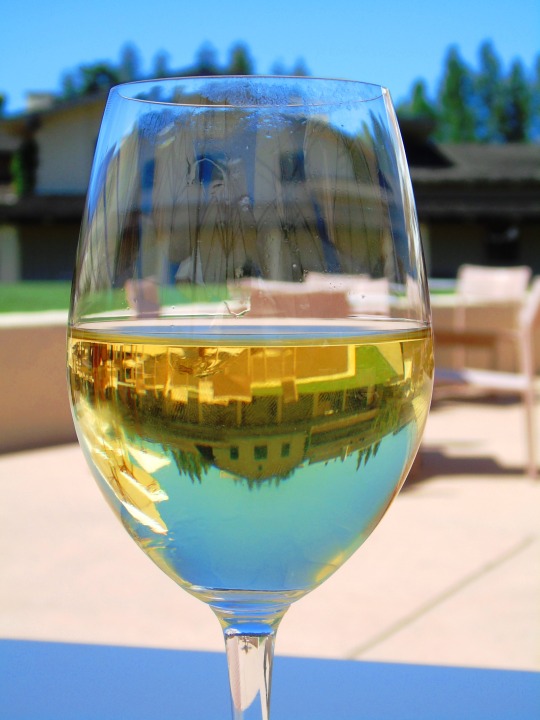

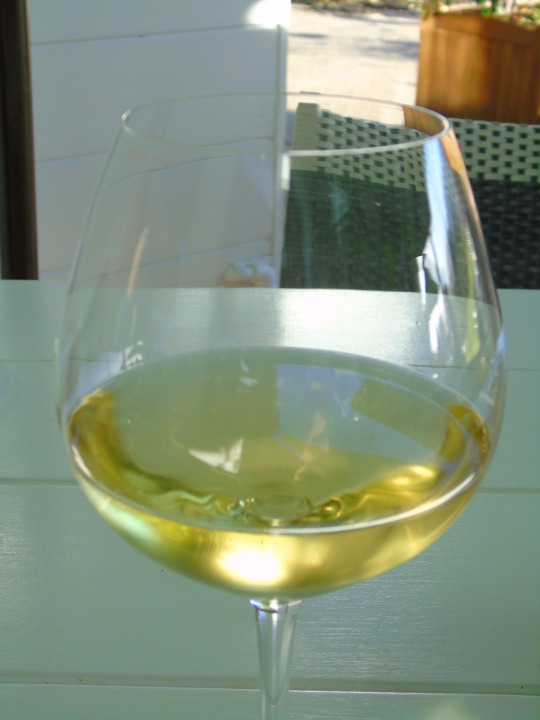

International Sauvignon Blanc Day
The French may have given the world the term terroir – the wonderful alchemy of influences from soil and aspect and climate and winemaking that creates the unique character of a wine – but on the other side of the world, New Zealand winemakers have found their own distinctive ‘magic’ place.
Tūrangawaewae (pronounced: too-runguh-why-why) means "my place" in Māori. It describes a uniquely New Zealand approach to winemaking that includes terroir but also embraces the surrounding landscape, the characteristic climate, and the history and spirit of a place and the people who make it their home.
As a concept that expresses connectedness and belonging to the land, tūrangawaewae is a creative force that is producing exciting new styles of New Zealand Sauvignon Blanc.
The rise of a modern classic
New Zealand is no stranger to innovations in wine. It is the place where a humble vine that grows in southwest France became a wine world superstar. Sauvignon Blanc likely derived its moniker from the french word “Sauvage,” meaning wild, as the vines are reminiscent of wild grapevines. As the adventurous young winemakers who planted New Zealand's first Sauvignon vines in the 1970s discovered, a happy combination of ideal climatic conditions and skilful viticulture and winemaking transformed the sauvage qualities of the grape into the characteristic "green" aromas and mouth-filling tastes of classic New Zealand Sauvignon Blanc.
Success at local and international wine competitions soon followed, along with a chorus of praise from international wine critics. By the early 1990s New Zealand Sauvignon Blanc was established as the global benchmark for the style and now accounts for over 85% of wine exported from New Zealand. It is a remarkable success story that is celebrated around the world every year and 3 May 2024 marks the fourteenth International Sauvignon Blanc Day.
Sauvignon classics to come
Although Sauvignon Blanc is grown throughout New Zealand’s 10 wine regions, the province of Marlborough is its undisputed heartland. Located in the South Island’s northeast where broad alluvial plains rise from the coast and are sheltered by mountain ranges, Marlborough's long and steady cool-climate growing season creates Sauvignons with impressive aromas, distinctive fruit characteristics and extraordinary purity and intensity of flavours.
Like the rest of New Zealand, Marlborough's geographically diverse landscapes are spectacularly beautiful and bountiful, and wine touring here and in every region is enhanced by vibrant communities of artisan producers and excellent restaurants and cellar doors. As you visit world-famous makers of classic Sauvignon in Marlborough and beyond you will also encounter newer producers of emerging styles whose wines are often less overtly powerful but wonderfully complex in the glass. And they are still unmistakably “New Zealand”.
So this International Sauvignon Blanc Day pour yourself a glass of New Zealand and experience our country through pure and vibrant flavours in our wines.
Did you know?
Sauvignon Blanc was commercially produced on our shores for the first time in the 1970s.
It is the country's most widely planted variety, and has established itself as New Zealand's flagship wine the world over.
Nationally, over 25,000 hectares of vineyard land are devoted to growing the grape.
Three-quarters of all Sauvignon Blanc is planted in Marlborough (22k+ ha), followed by Hawke's Bay (1k+ ha) and Nelson (0.6k ha).
Sauvignon blanc comprises 72% of New Zealand’s overall wine production — and it’s 86% of what we export to the rest of the world. Total production - 302,000 tonnes.
It's one of the parent grapes of Cabernet Sauvignon. The other? Cabernet Franc.
Sauvignon blanc is an excellent food-pairing wine. Depending on which style you’re pouring, you can roll with everything from Thai food and grilled chicken to salmon and pasta.
Source
#International Sauvignon Blanc Day#InternationalSauvignonBlancDay#first Friday in May#3 May 2024#Robert Mondavi Winery#Napa Valley#summer 2017#I love the first pic#Brix Restaurant and Gardens#don't drink and drive#olive oil#Beringer Vineyards#California#vacation#landmark#tourist attraction#travel#original photography#USA#Turnbull Wine Cellars#Brix Restaurant & Gardens#Kelleher Family Vineyard#Louis M. Martini Winery#Freemark Abbey Winery#St. Francis Winery & Vineyards#Ram's Gate Winery#Long Meadow Ranch - Rutherford Estate
0 notes
Photo










National White Wine Day
“White or red?” Perhaps that question has been posed to you as you’ve sat down for a meal at a restaurant or for a wedding dinner. You were being asked about wine, of course, but did you think about the basic differences between the two types of wines that were being offered? Or have you ever thought about the characteristics of white wine? On National White Wine Day, let’s take a moment to learn a little about white wine, and then drink a glass or two of it.
White wines are usually made with grapes with light yellow-green skins or light red skins, while red wines are made from grapes with purple or black skins. But it is not the color of the grape skins that gives white wine its yellow or golden color. Both white and red wines are made using the clear juice of grapes, but the skins of the grapes used to make red wine are used in that wine as well. It is the tannins in the grape skins that gives red wine its color and some of its taste.
As a general rule, white wine pairs well with meat such as poultry and fish, while red wine goes well with red meat like beef, lamb, and venison. White wine is usually chilled at somewhere between 45 and 60 degrees Fahrenheit. Sweeter white wines are chilled at a lower temperature, while fuller white wines should be stored at a little bit higher temperature. This contrasts with red wines, which are served at about room temperature. White wines are usually not as collectible as red wines, and the most expensive wines are red. This in part may be because most white wines don’t age well.
White wines are often high in acidity, but the acidic level can also be low or moderate. Winemakers try to find a happy medium, which is usually what consumers like. White wines usually have a lighter body than red wine, but some are full-bodied. Full-bodied white wines include French wines such as aged white Burgundies, as well as some Oregon and California Chardonnays. White wines are also often described by their richness.
The flavors of white wines are varied and span different regions. There are three main flavor sets that determine wine flavor. The first flavor set is fruit: white wines may have flavors such as banana, apple, pear, or citrus come through. A second flavor set is mineral, where earthy flavors such as flint, gunpowder, steel, and slate may be sensed. A third flavor set is floral, which is less common than the other two.
Wine can be categorized by the type of grapes that are used to make it. The main type of grapes that are grown internationally and popular for making white wine are Chardonnay, Gewürztraminer, Muscat—used to make Moscato, Pinot Gris—also known as Pinot Grigio, Riesling, and Sauvignon Blanc. There are many other types of wines popular in specific regions, but the grapes used to make them are not grown internationally.
How to Observe
Celebrate the day by having a glass or two of white wine. You could stop at a winery or pick up a bottle of one of the best white wines being sold today. Or, you could have a wine tasting party where everyone has to bring over a bottle of white wine to pass. There are many quality kinds of white wine that can be found for under $20 that people could bring. You could also just have a glass of wine alone and learn more about the types of white wines while doing so.
Source
#National White Wine Day#NationalWhiteWineDay#4 August#travel#Spain#vacation#summer 2021#original photography#don't drink and drive#tourism#España#Portugal#SAUVIGNON BLANC Kelleher Family Vineyards#USA#Napa Valley#Brix Restaurant & Gardens#I'll be back this summer#2019#Carneros Chardonnay#Truffle Fries with parmesan reggiano#olive oil#food#I really love the first pic#drinking#Robert Mondavi Winery
1 note
·
View note
Photo
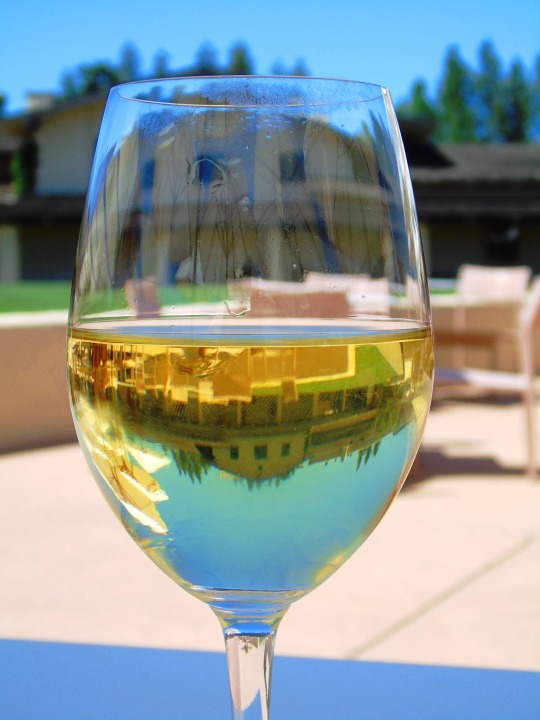
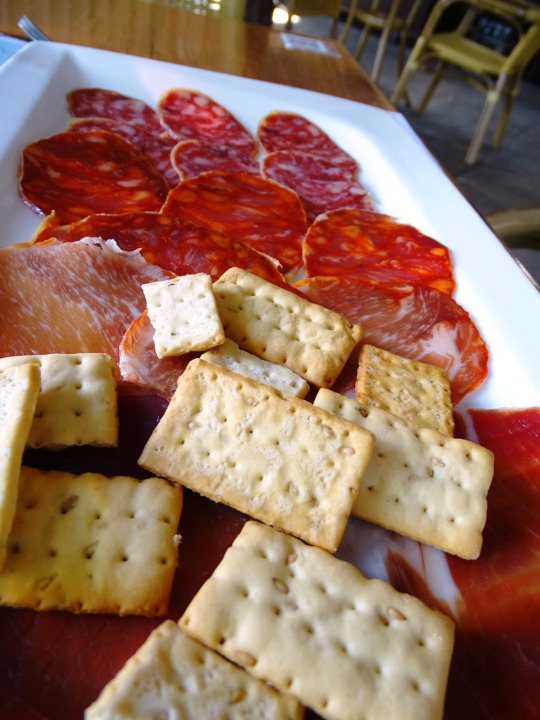


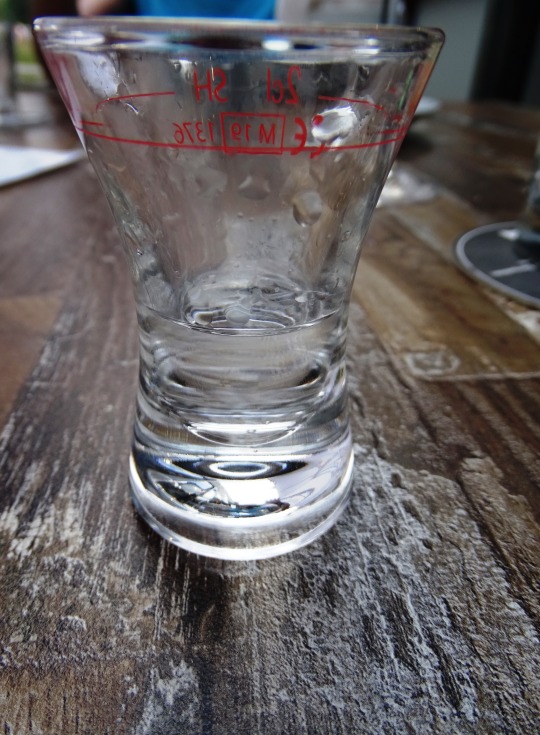
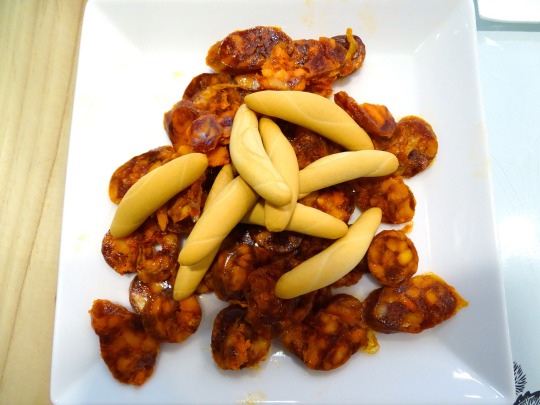
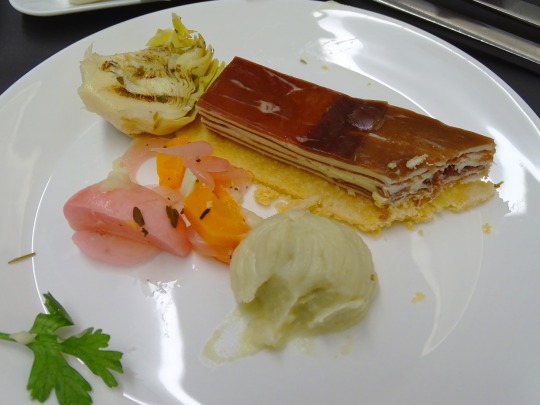
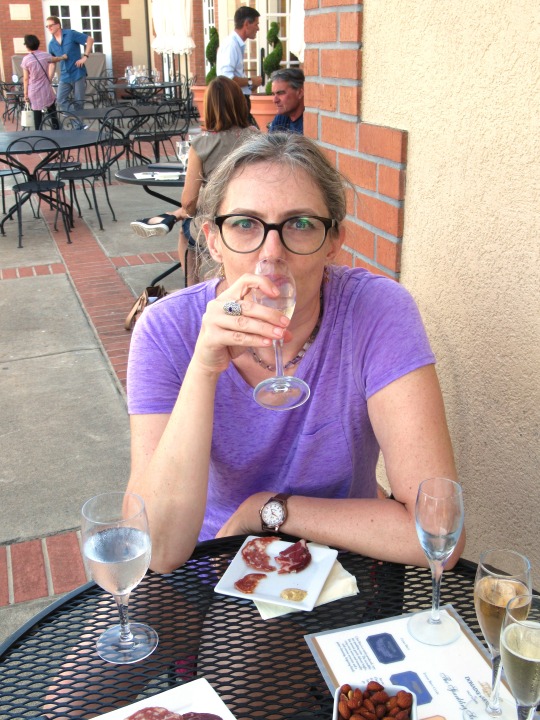

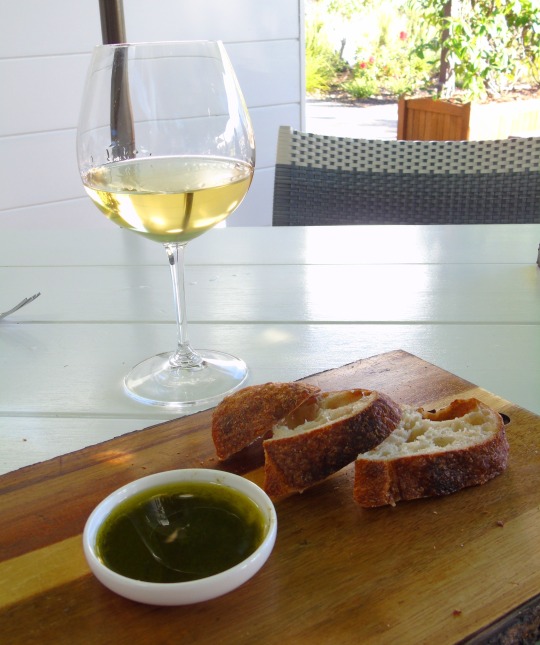
National Apéritif Day
If you need a little something to whet your whistle, go grab a glass. It’s National Aperitif Day, a spirited holiday observed annually on the third Thursday in May.
According to Merriam-Webster, an aperitif is “an alcoholic drink that people drink before eating a meal.” An aperitif stimulates the appetite and palate without overwhelming ones' senses. Best served cold, these clean and light cocktails typically contain vermouth, gin or Campari.
Source
An apéritif is an alcoholic beverage usually served before a meal to stimulate the appetite, and is therefore usually dry rather than sweet. Common choices for an apéritif are vermouth; champagne; pastis; gin; rakı; fino, amontillado or other styles of dry sherry (but not usually cream or oloroso blended sherry, which is very sweet and rich); and any still, dry, light white wine.
An apéritif may also be an hors d'oeuvre or amuse-bouche preceding a meal, such as crackers, cheese, pâté, quiche or olives.
Apéritif is a French word derived from the Latin verb aperire, which means "to open". The French slang word for apéritif is apéro, although in France an apéro is also food eaten in the late afternoon or early evening.
Source
#Ouzo#Bündner Fleisch Mille Feuiilles#Chorzio#salami#olives#feta cheese#Rosé#white wine#Robert Mondavi Winery#Sauvignon blanc#sparkling wine#Domaine Carneros#SAUVIGNON BLANC Kelleher Family Vineyards#olive oil#bread#National Apéritif Day#NationalAperitifDay#third Thursday in May#19 May 2022#original photography#don't drink and drive#Lisbon#Haro#Napa Valley#USA#Spain#Portugal#travel#vacation#Germany
0 notes
Photo

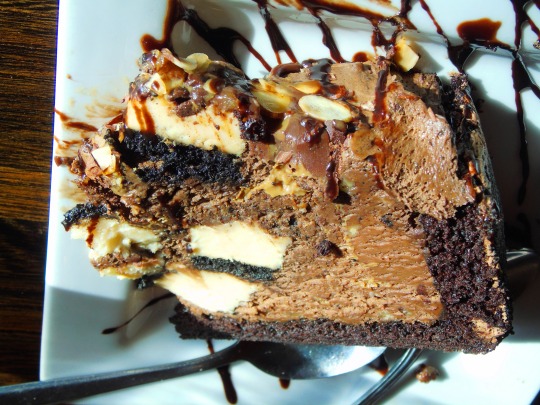

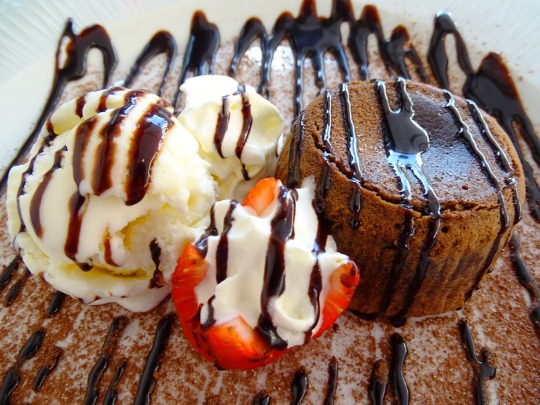
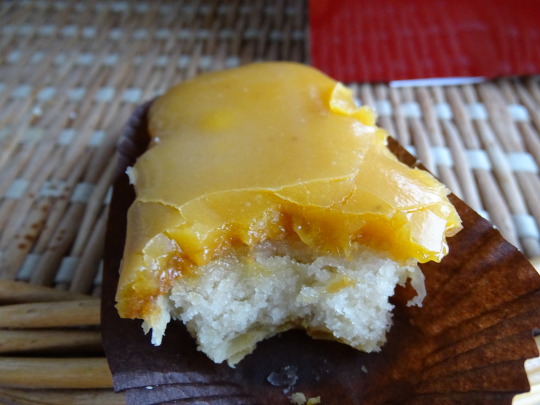
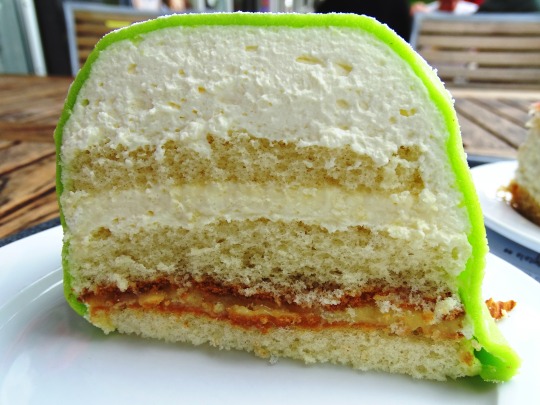

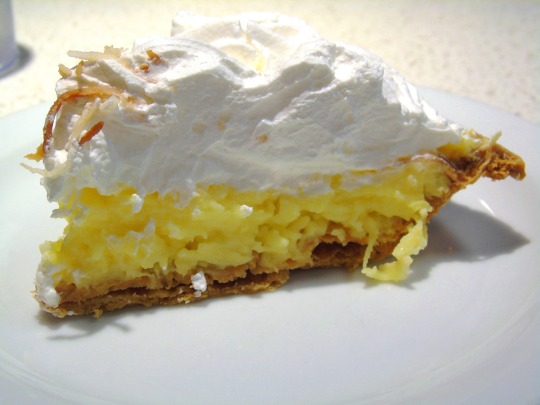
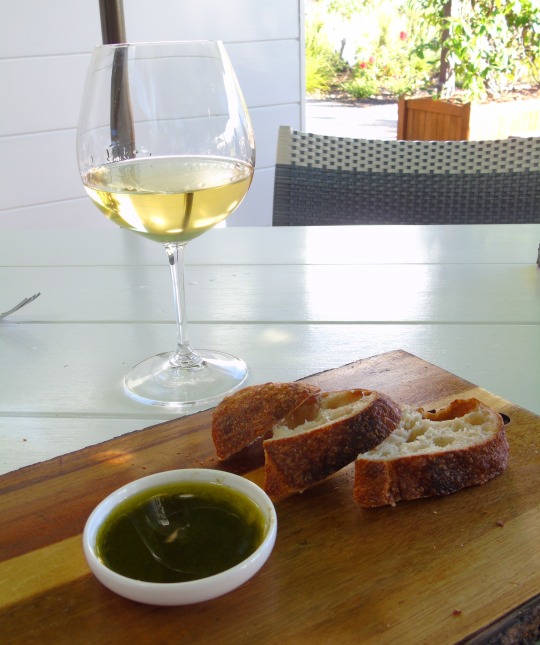
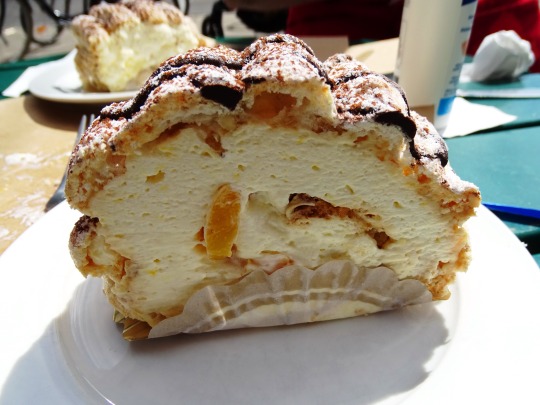
World Baking Day
Cookies, brownies, pies, bread…try out some new recipes, or revisit your old favorites to have a little fun in the kitchen and end up with tasty treats.
Crunchy cookies, chewy brownies, decadent tortes, cute cupcakes, crusty baked bread…baking is an art this world would just not be the same without. Do you even know anyone who could honestly say they don’t have deep, unconditional love for at least one of the above? We thought not! This World Baking Day, it’s time to dig out that rolling pin and prepare something delicious! Surprise a friend, coworker, neighbor or relative with a delicious sweet or savory treat to let them know how much you care, or just make something to enjoy in your own home. However you decide to celebrate this day, make it deliciously unforgettable!
History of World Baking Day
World Baking Day was created by the folks over at worldbakingday.com, who decided it was high time to spread the joy of baking all around the world, especially to those who perhaps don’t bake too often and are not particularly experienced at it. This day is meant to show people just how much fun it can be to make a cake or some cookies, and baking can be a great way to spend time with family and friends. Not to mention how much fun it is to eat what you’ve made once it’s done!
It’s incredible that we’ve managed to go so long without a World Baking Day. We discovered evidence that baking has existed for over 14,000 years, proving that we simply can’t live without it! In fact, the first bakers in Jordan created flatbreads, which they then wrapped around meat – potentially the first-ever sandwich in existence. Roman times saw the birth of the artisan baker. Lovers of all things decadent, Romans prized the pastry chef, and those that brought new baked goods to the worlds were ever-popular at feasts and banquets.
In the United Kingdom, by the Middle Ages, baking went commercial, with many trading regulations and rules governing how to bake and sell bread. But everyone’s got to eat, so anyone with an oven was baking bread to feed their families. The delicious, mouth-watering cakes we eat today started to emerge for the upper echelons of society from the middle ages onwards.
Technology also helped upgrade the ovens to help bring better-baked goods to the masses, especially in the nineteenth century. Food was easier to preserve, too, so many people could order in meats and milk from across the country rather than relying on their backyard cows or chickens. Cans also cultivated a new innovation for baking, as meats and veg could be canned and exported from places like Australia.
New baking innovations arrived during WWI and WWII. In America during the wars, baking thrived as people moved to the US, and rationing saw the need for increasingly crafty creations. In America, different flavors from across the world arrived, from Italian cannolis to Mexican Tres Leches. When people couldn’t find fat or eggs during the wars, Applesauce Cake was baked into existence, which is still made today and used as an alternative to eggs and fat in vegan baking.
The increase in prosperity after the war allowed baking to flourish into the foods we love today, all culminating in this event. Enjoy the chance to bake, eat, and be merry with friends and family during this day.
How to celebrate world Baking Day
You don’t have to be a pastry chef specializing in fancy tortes to celebrate this holiday. All you really need is a little flour, sugar and butter and a sense of adventure! One of the best things about baking is that there are thousands upon thousands of recipes to choose from, so everyone is sure to find something to suit their specific tastes. Are you a fan of all things chocolate? Why not make some brownies? Rocky Road Brownies, for example, combine the richness of chocolate with the crunchiness of walnuts and the softness of marshmallows. But perhaps the best news about brownies is that almost all brownie recipes can be made in just one bowl!
If you’re more of a health food buff, there’s no reason for you to feel left out—there are plenty of baked goods that are decidedly good for you, like apple-cinnamon bran muffins or date and oatmeal muffins, and many more. Do you have a rambunctious child who is curious about the world? Why not share the magic of baking with them by making some creatively decorated cookies? Chocolate cherry thumbprint cookies, for example, are both easy and fun to make. Sugar cookies are also very simple to make and lots of fun to decorate with colorful icings and sprinkles. Or are you a bit more experienced at baking? If so, there are also many torte recipes that you could hone your skills making. Apricot Almond Torte, for example, requires you to make your own marzipan. And who wouldn’t want to know how to make their own perfect marzipan?
Or are you a fan of baking but prefer savory to sweet? Why not bake that bread, or create those mouth-watering pies and pastries that we all love so much? Fill your creations with delicious savory treats, like cheese or meat. Vegan or vegetarian? Browse your favorite recipe books for inventions made with flour, salt, applesauce, and sunflower oil. If you’re a budding savory baker, crustless quiches are the perfect way of incorporating delectable fillings in a quick and easy way.
If you don’t have time to bake, you could visit a local bakery instead of buying yet another package of mass-produced, sugary cookies filled with preservatives but devoid of flavor. Nothing is quite as relaxing as sitting back with a cup of coffee or tea and perhaps a book, enjoying a piece of pie.
If you want to share the baking joy with your nearest and dearest, why not invite some friends over for a baking party? It’s the perfect excuse to share your cakes and cookies (or at least the recipes). You can ask them to bring round their favorite cookie cutters and recipe ideas and you can all whizz up a storm in your kitchen. Or you can order in from your local bakery, put on a cooking competition and binge-watch and eat at the same time.
However, you decide to celebrate this day, make sure you and your nearest and dearest enjoy this day and all of its sweetness to the fullest.
Source
#garlic and herb naan#chocolate cake#Pastel de nata with cinnamon#Tartas Ancano#almond cake#Carbayones#Spain#Portugal#street food#bakery#restaurant#Princess cake#Sweden#summer 2021#2020#travel#original photography#SAUVIGNON BLANC Kelleher Family Vineyards#olive oil#Budapest Rolle#Brix Restaurant & Gardens#I'll be back this summer#Canada#Death by Chocolate Pudding Cake#USA#Coconut Cream Pie#17 May#World Baking Day#WorldBakingDay
1 note
·
View note
Photo










National Sauvignon Blanc Day
April 24th is National Sauvignon Blanc Day, a grape that grows easily around the world and makes wines that are popular wherever they are made. Sauvignon Blanc (SAW-vin-yawn BLON) is an AOC-classified* French wine that is planted around the world. Its origin is the eastern part of France’s Loire Valley, where it abuts Burgundy. In France, where wines are known by their region or city, the Loire produces two major appelations: Sancerre after the city in Sancerre on the left bank of the Loire River, and Pouilly-Fumé from the town of Pouilly-sur-Loire, on the opposite bank. Elsewhere in the world, wines are known by their grape varietal names (i.e., sauvignon blanc). In France, the grape is also used to make White Bordeaux (Bordeaux blanc), commonly blended with Semillon and Muscadelle, and often barrel-fermented and aged. A smaller amount of Sauvignon Blanc is grown in the southwest of France, in Languedoc-Roussillon. There is one White Burgundy made from Sauvignon Blanc: St. Bris, and its about $12 (photo #5, courtesy Goisot). The Loire Valley also grows a smaller amount of red wine grapes (about 25% of total production), used to make red Sancerre and rosé.
THE DELIGHTS OF SAUVIGNON BLANC The Sauvignon Blanc grape produces refreshing, dry, white wines with one of two key flavor profiles: grapefruit/citrus or grassy/herbaceous, depending on the terroir†. Both are delicious. The wine is known for high acidity, light to medium body and medium alcohol. It is most often unoaked. It is also very affordable, with bottles available from around $10, many in the $12 to $15 range, and the finest of the breed (such as Sancerre’s Ladoucette Comte Lafond) in the $35 to $45 range. By comparison, Chablis is double the price, with Grüner Veltliner in the middle. If you like white wines such as Chablis and Grüner Veltliner, you’ll likely be a fan of Sauvignon Blanc. Its acid backbone complements everything from plateaux de fruits de mer (raw seafood platters) and grilled chicken and fish to buttery sauces and rich cheeses; although the AOC cheese of the Loire, chèvre (goat cheese), is its most popular pairing. We go deep into food pairings at the end of this article. First, it’s important to understand the styles of Sauvignon Blanc.
STYLES OF SAUVIGNON BLANC BY REGION
We start off with the tip to have a tasting get-together. If your group shares in the work, you can assign everyone a Sauvignon Blanc from a different region, and a food that goes with it. The grape is relatively easy to grow, and thus is grown in more than 10 countries, from Canada to Italy to New Zealand to South Africa—even in Romania, Moldova. With so many different terroirs and national preferences, you can find Sauvignon Blanc in a wide range of styles and flavors. Sauvignon blanc delivers minerality and very high acidity. From there: Cool regions like the Loire and New Zealand produce grassy and herbaceous flavors, with notes of lime, minerals and sometimes, honeydew melon. Warm climates like California and South Africa produce fruity, citrussy wines. The best regions for Sauvignon Blanc beyond the Loire Valley are California and Chile—but don’t let that stop you from trying examples from everywhere.
The United States’ Sauvignon Blanc Wines
Numerous wine-growing regions in the U.S. grown Sauvignon Blanc; but the best wines come from the North Coast region of California (Mendocino, Napa, Sonoma) and the Columbia Valley of Washington State. The California wines have medium acidity and body. In Napa, you’ll find flavors of grapefruit, honeydew and white peach. In Sonoma, the wines deliver light-medium body and medium-high acidity, with notes of green apple, honeydew and pineapple. Head north to Washington for light body, high-acidity wines with flavors of lime, grapefruit, and gravelly minerals.
SAUVIGNON BLANC: A NOBLE GRAPE
What makes a grape noble? The term is used to describe the grapes that are grown internationally, yet retain their fundamental characteristics regardless of growing region and the local terroir. The French term is cépage noble” (SAY-paj NOBL). There are six noble grapes (all grown in France), with an argument for a seventh. They are: Cabernet Sauvignon (red) Chardonnay (white) Merlot (red) Pinot noir (red) Riesling (white) Sauvignon Blanc (white) Syrah (red—the seventh contender)
Source
#SAUVIGNON BLANC Kelleher Family Vineyards#Brix Restaurant & Gardens#I really love the first pic#Robert Mondavi Winery#National Sauvignon Blanc Day#24 April#don't drink and drive#Napa Valley#California#summer 2019#2017#tourist attraction#wine tasting#Spain#Carneros Chardonnay#white wine#NationalSauvignonBlancDay#drinking#Beringer Vineyards#olive oil#bread#Truffle Fries with parmesan reggiano#roasted mushrooms#food#one of my favorite restaurants#original photography
0 notes
Photo










National White Wine Day
“White or red?” Perhaps that question has been posed to you as you’ve sat down for a meal at a restaurant or for a wedding dinner. You were being asked about wine, of course, but did you think about the basic differences between the two types of wines that were being offered? Or have you ever thought about the characteristics of white wine? On National White Wine Day, let’s take a moment to learn a little about white wine, and then drink a glass or two of it.
White wines are usually made with grapes with light yellow-green skins or light red skins, while red wines are made from grapes with purple or black skins. But it is not the color of the grape skins that gives white wine its yellow or golden color. Both white and red wines are made using the clear juice of grapes, but the skins of the grapes used to make red wine are used in that wine as well. It is the tannins in the grape skins that gives red wine its color and some of its taste.
As a general rule, white wine pairs well with meat such as poultry and fish, while red wine goes well with red meat like beef, lamb, and venison. White wine is usually chilled at somewhere between 45 and 60 degrees Fahrenheit. Sweeter white wines are chilled at a lower temperature, while fuller white wines should be stored at a little bit higher temperature. This contrasts with red wines, which are served at about room temperature. White wines are usually not as collectible as red wines, and the most expensive wines are red. This in part may be because most white wines don’t age well.
White wines are often high in acidity, but the acidic level can also be low or moderate. Winemakers try to find a happy medium, which is usually what consumers like. White wines usually have a lighter body than red wine, but some are full-bodied. Full-bodied white wines include French wines such as aged white Burgundies, as well as some Oregon and California Chardonnays. White wines are also often described by their richness.
The flavors of white wines are varied and span different regions. There are three main flavor sets that determine wine flavor. The first flavor set is fruit: white wines may have flavors such as banana, apple, pear, or citrus come through. A second flavor set is mineral, where earthy flavors such as flint, gunpowder, steel, and slate may be sensed. A third flavor set is floral, which is less common than the other two.
Wine can be categorized by the type of grapes that are used to make it. The main type of grapes that are grown internationally and popular for making white wine are Chardonnay, Gewürztraminer, Muscat—used to make Moscato, Pinot Gris—also known as Pinot Grigio, Riesling, and Sauvignon Blanc. There are many other types of wines popular in specific regions, but the grapes used to make them are not grown internationally.
How to Observe
Celebrate the day by having a glass or two of white wine. You could stop at a winery or pick up a bottle of one of the best white wines being sold today. Or, you could have a wine tasting party where everyone has to bring over a bottle of white wine to pass. There are many quality kinds of white wine that can be found for under $20 that people could bring. You could also just have a glass of wine alone and learn more about the types of white wines while doing so.
Source
#SAUVIGNON BLANC Kelleher Family Vineyards#I really love the first pic#USA#National White Wine Day#NationalWhiteWineDay#4 August#Napa Valley#don't drink and drive#Brix Restaurant & Gardens#Yountville#reflection#Robert Mondavi Winery#Oakville#bread#olive oil#original photography#outdoors#food#drink#Carneros Chardonnay#Beringer Vineyards#St. Helena#Domaine Carneros#sparkling wine#Truffle Cheese Fries
0 notes
Photo
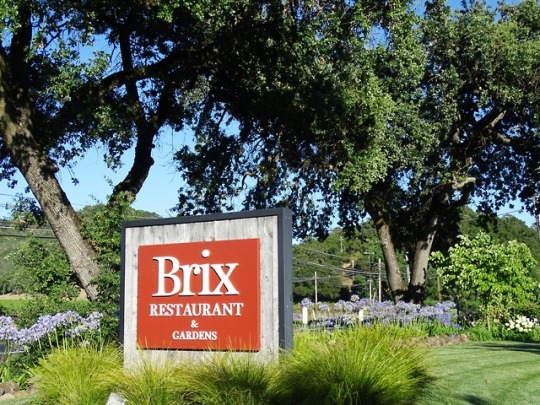



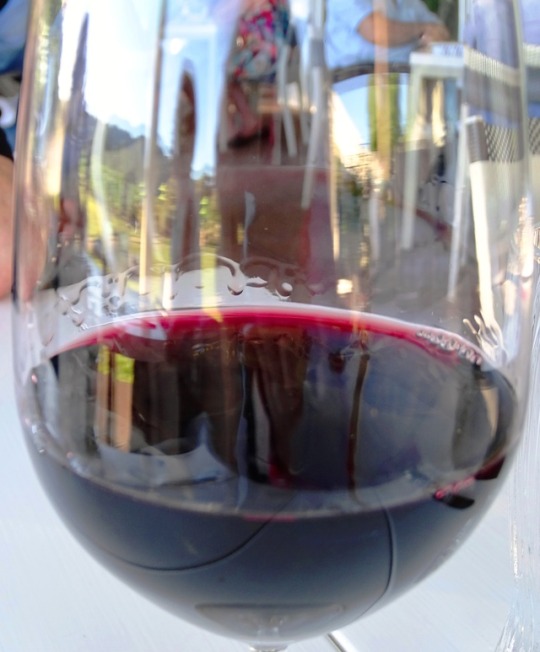

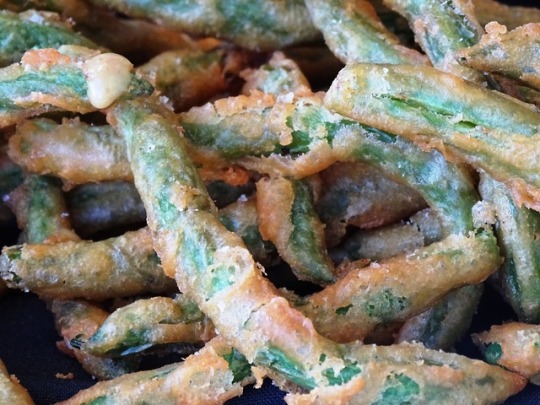
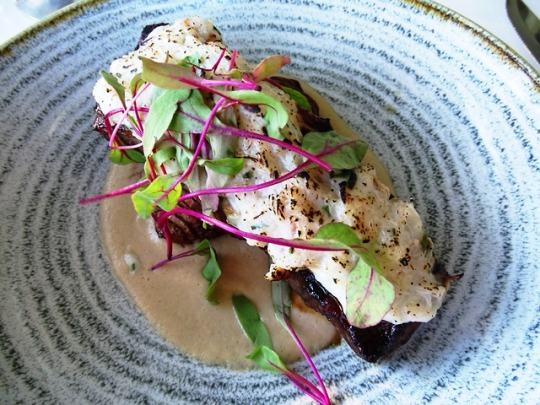
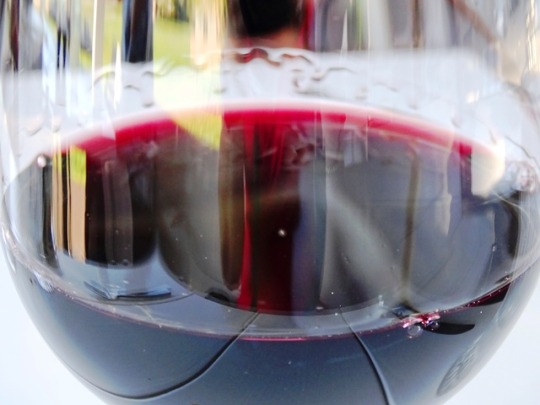
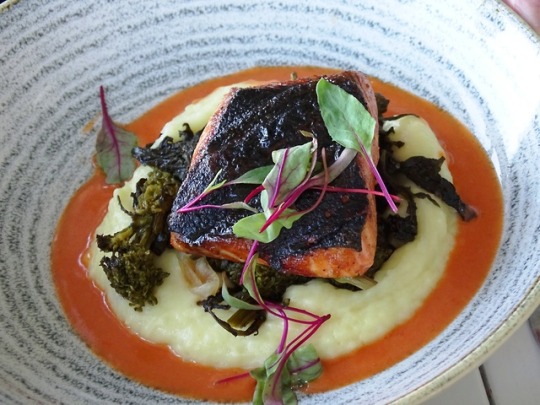
Brix Restaurant & Gardens, Yountville (No. 2)
The daily-changing, farm-to-table menu draws inspiration from the restaurant’s extensive gardens and traditions of the winemaking region of Northern California, accented by international technique.
Just a stone’s throw from the restaurant, diners find the crown jewels of the grounds at Brix: Our flower and vegetable gardens and our orchard. Comprised of raised boxed beds and in-ground beds, it grows crops year-round. Tiny salad greens, fava beans and strawberries in the spring; French beans, eggplant, tomatoes, berries and melons in the summer, apples and pears, hard squash, potatoes and fresh onions in the fall, and Meyer lemons and sweet limes, sweet peas, Brussels sprouts, cauliflower Romenesco and butter lettuce in the winter. It’s not unusual to see our chefs out in the garden, gathering bunches of fruits, vegetables and herbs for the day’s specials.
The Kelleher Family Vineyard is situated along Highway 29 in the famous Oakville Appellation in the heart of the Napa Valley. We have 10 acres planted exclusively with Cabernet Sauvignon grapes and we have named this beautiful piece of land "Brix Vineyard", after our namesake restaurant "Brix".
We offer the Kelleher Family Vineyard Experience at Brix - a very special and intimate wine tasting set in our garden with a lunch pairing created by our Executive Chef.
Source
#Brix Restaurant & Gardens#Yountville#Napa Valley#USA#California#travel#excellent food and wine#one of the best restaurants#evening#vacation#summer 2019#white wine#SAUVIGNON BLANC Kelleher Family Vineyards#Sweet White Corn Soup#July 2019#Tempura Green Beans#spicy mustard sauce#CABERNET SAUVIGNON Cornerstone Benchlands#red wine#Niman Ranch Prime New York Strip#dinner#appetizer#entree#Honey Sesame Glazed King Salmon#original photography
0 notes
Photo










National White Wine Day
“White or red?” Perhaps that question has been posed to you as you’ve sat down for a meal at a restaurant or for a wedding dinner. You were being asked about wine, of course, but did you think about the basic differences between the two types of wines that were being offered? Or have you ever thought about the characteristics of white wine? On National White Wine Day, let’s take a moment to learn a little about white wine, and then drink a glass or two of it.
White wines are usually made with grapes with light yellow-green skins or light red skins, while red wines are made from grapes with purple or black skins. But it is not the color of the grape skins that gives white wine its yellow or golden color. Both white and red wines are made using the clear juice of grapes, but the skins of the grapes used to make red wine are used in that wine as well. It is the tannins in the grape skins that gives red wine its color and some of its taste.
As a general rule, white wine pairs well with meat such as poultry and fish, while red wine goes well with red meat like beef, lamb, and venison. White wine is usually chilled at somewhere between 45 and 60 degrees Fahrenheit. Sweeter white wines are chilled at a lower temperature, while fuller white wines should be stored at a little bit higher temperature. This contrasts with red wines, which are served at about room temperature. White wines are usually not as collectible as red wines, and the most expensive wines are red. This in part may be because most white wines don’t age well.
White wines are often high in acidity, but the acidic level can also be low or moderate. Winemakers try to find a happy medium, which is usually what consumers like. White wines usually have a lighter body than red wine, but some are full-bodied. Full-bodied white wines include French wines such as aged white Burgundies, as well as some Oregon and California Chardonnays. White wines are also often described by their richness.
The flavors of white wines are varied and span different regions. There are three main flavor sets that determine wine flavor. The first flavor set is fruit: white wines may have flavors such as banana, apple, pear, or citrus come through. A second flavor set is mineral, where earthy flavors such as flint, gunpowder, steel, and slate may be sensed. A third flavor set is floral, which is less common than the other two.
Wine can be categorized by the type of grapes that are used to make it. The main type of grapes that are grown internationally and popular for making white wine are Chardonnay, Gewürztraminer, Muscat—used to make Moscato, Pinot Gris—also known as Pinot Grigio, Riesling, and Sauvignon Blanc. There are many other types of wines popular in specific regions, but the grapes used to make them are not grown internationally.
How to Observe
Celebrate the day by having a glass or two of white wine. You could stop at a winery or pick up a bottle of one of the best white wines being sold today. Or, you could have a wine tasting party where everyone has to bring over a bottle of white wine to pass. There are many quality kinds of white wine that can be found for under $20 that people could bring. You could also just have a glass of wine alone and learn more about the types of white wines while doing so.
Source
#Carneros Chardonnay#I really love the first pic#National White Wine Day#USA#NationalWhiteWineDay#4 August#Robert Mondavi Winery#Napa Valley#2019#summer 2017#original photography#don't drink and drive#Chardonnay Frank Family Carneros#Brix Restaurant & Gardens#Domaine Carneros#SAUVIGNON BLANC Kelleher Family Vineyards#olive oil#bread#Truffle Fries with parmesan reggiano#3 August
1 note
·
View note